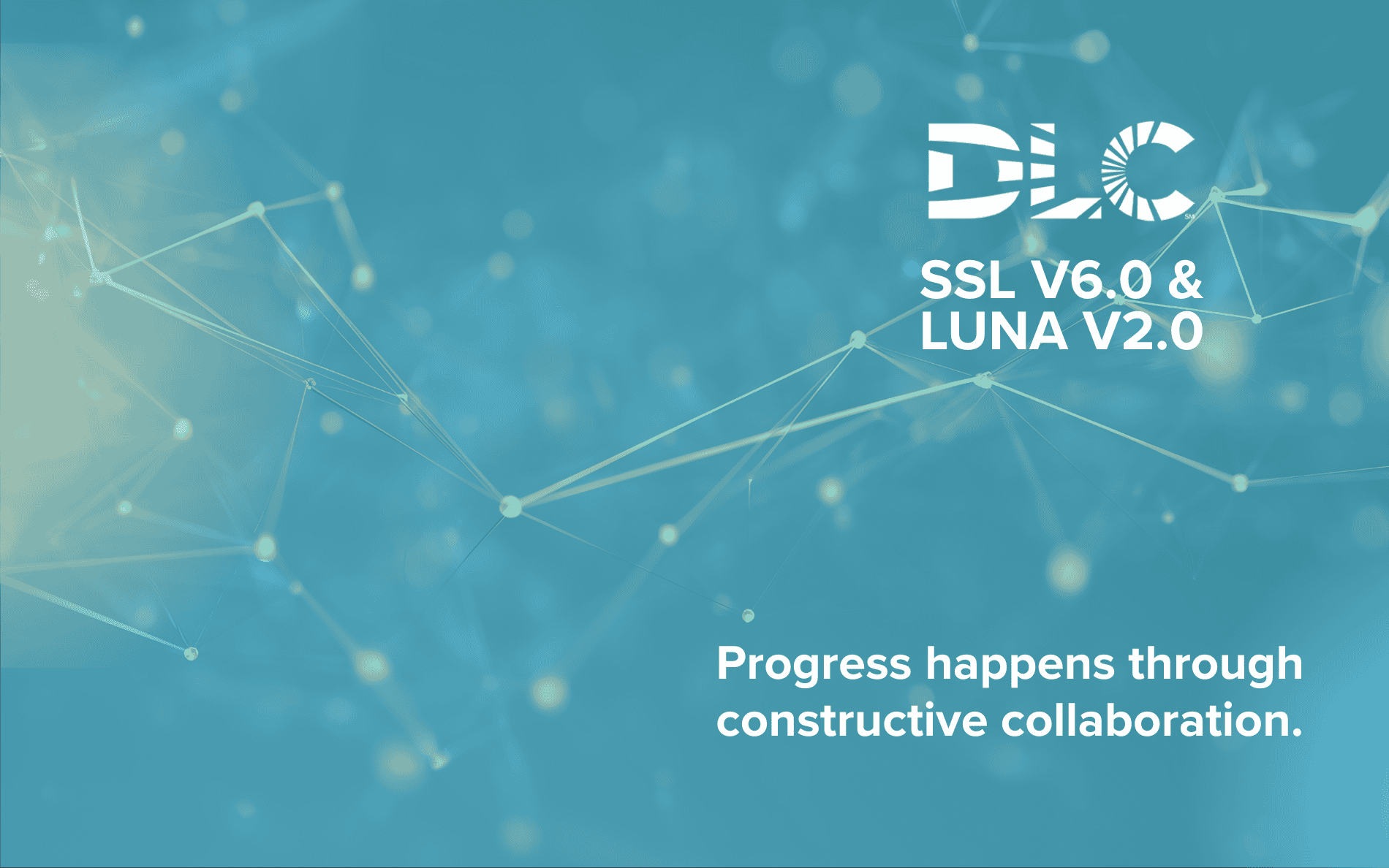
In our mission statement, the DLC envisions “a net zero future where lighting, controls, and integrated building systems enable energy savings, decarbonization, and sustainability for all people and the environment.” That aspiration can only be achieved with diverse stakeholder engagement and broad-scale adoption.
Progress happens through constructive collaboration. The DLC’s success depends on the earned trust of our efficiency program members, manufacturers, industry experts, and the broader market. Together, we translate feedback into meaningful updates, and our upcoming SSL V6.0 and LUNA V2.0 specification reflects an ongoing effort to keep pace with evolving technologies and the needs of efficiency programs. Here’s more insight on how the DLC technical requirements are developed.
Collaboration That Drives Innovation
The new Technical Requirements for LED Lighting: SSL V6.0 and LUNA V2.0 launching next week mark the first major revision of our Solid-State Lighting (SSL) specification in five years and a significant update to the Light Usage for Night Applications (LUNA) program. Together, these updates have been shaped by over 1,000 stakeholder comments, multiple webinars, and collaborative discussions with program administrators, implementers, distributors, specifiers, and manufacturers.
As Joe Pater, Director of Wisconsin Public Service Commission’s Office of Energy Innovation, put it in our video at the 2024 Summit:
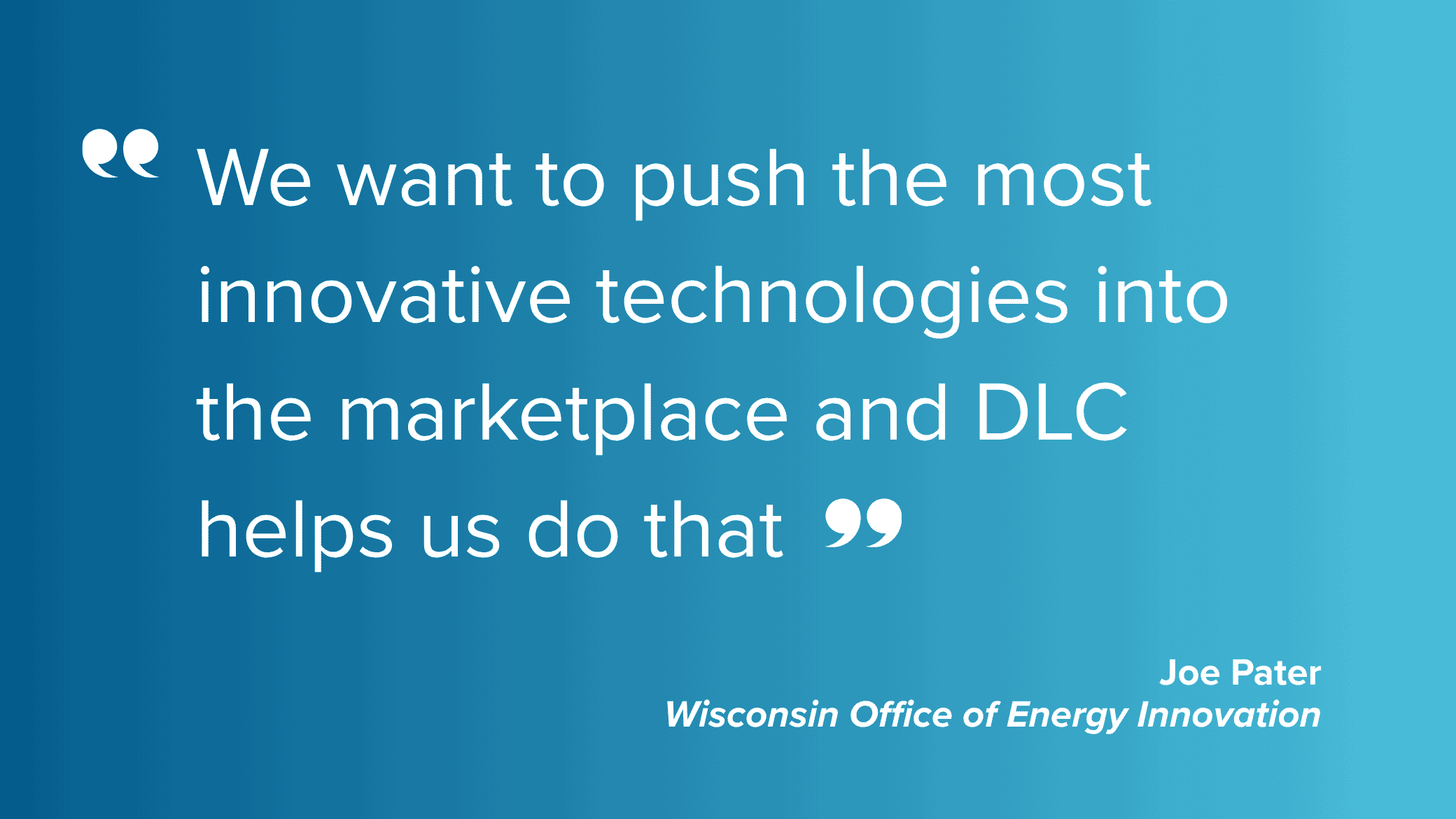
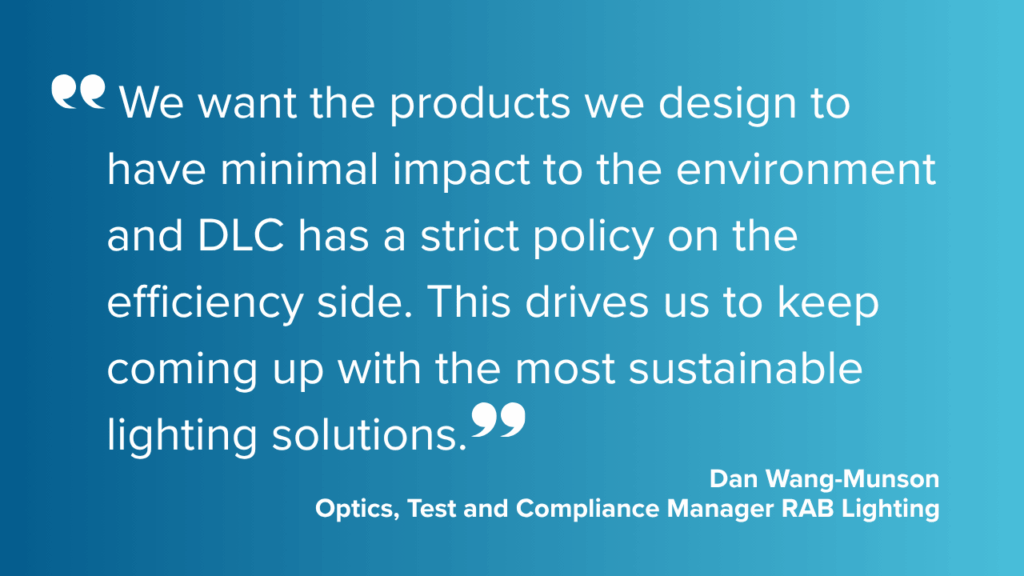
And from the industry side, Dan Wang-Munson, Optics, Test & Compliance Manager for RAB Lighting, echoed this sentiment.
Energy Program Administrators and Implementers: Streamlining Savings and Expanding Markets
Utilities and energy efficiency programs are meeting the challenge of growing demand for power from expanding AI and data centers, while still working toward energy reduction and decarbonization goals. These programs told us they wanted better tools to validate savings and accelerate their incentive application reviews. They asked for more transparency and clarity and we responded.
With V6.0 updates, QPL listings will link directly to manufacturer spec sheets, simplifying verification and supporting faster approvals. Program administrators also asked for ways to verify control capabilities in the field:
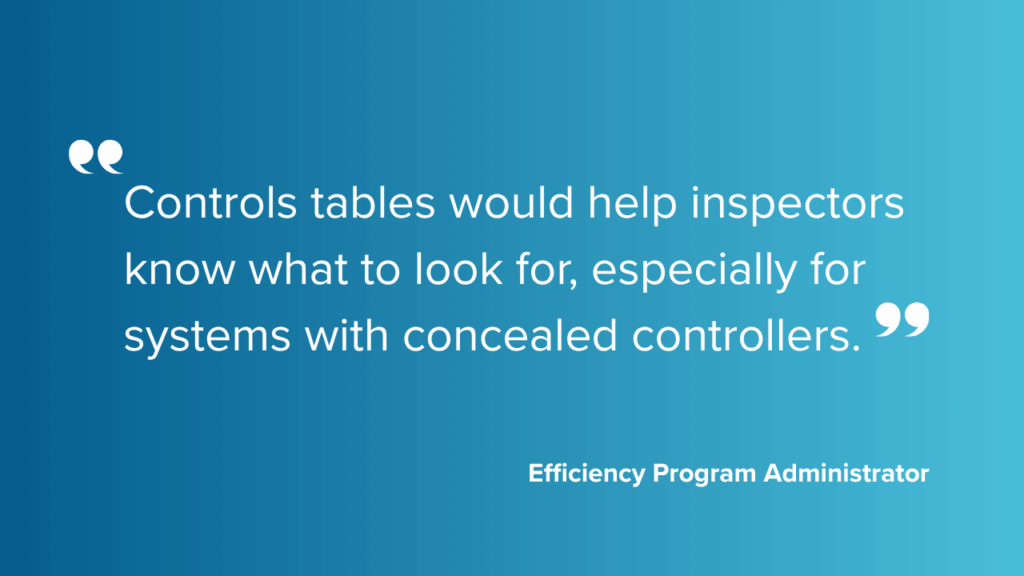
SSL V6.0 introduces defined control categories, enabling new prescriptive and midstream offers while giving inspectors and evaluators clearer data on features like occupancy and daylight sensing as well as data on more advanced strategies like high end trim and part night dimming.
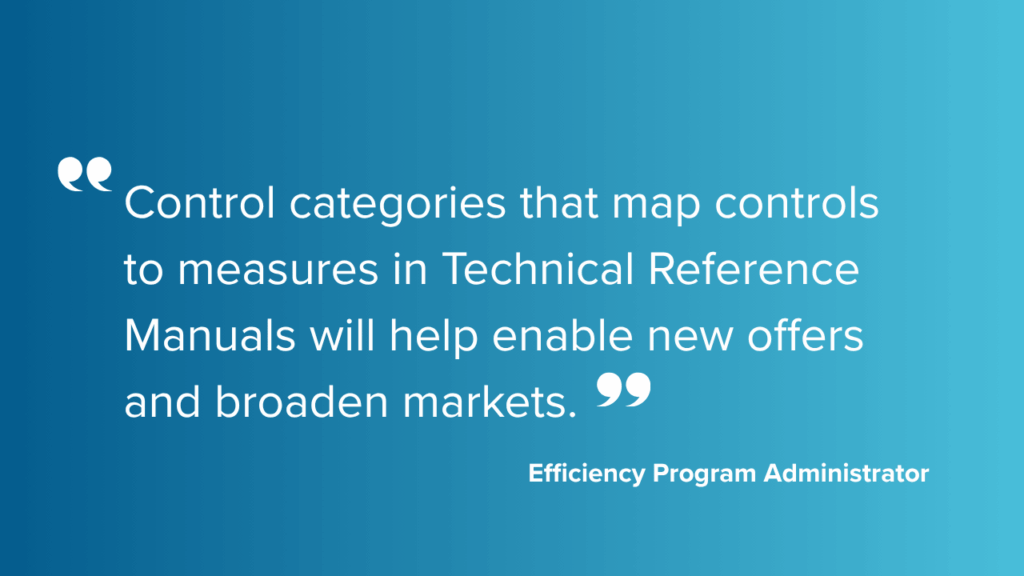
These enhancements don’t just streamline paperwork—they expand participation and improve evaluation confidence to help ensure claimed savings are captured accurately and reflect real-world performance.
First generation LEDs are at or near the end of their life and need replacement. Given the longevity of LED technology, this is a watershed moment that won’t come along again for at least another decade. With SSL V6.0/LUNA V2.0, we’re seeking to optimize this opportunity to promote and install products that not only increase energy savings, but future-proof them with efficient controlled lighting that serves people and protects the environment.
Manufacturers: Reducing Burden and Increasing Opportunity
Manufacturers emphasized the need for clarity, reduced testing redundancy, and stronger links between listings and real-world applications, while reducing application processing time.
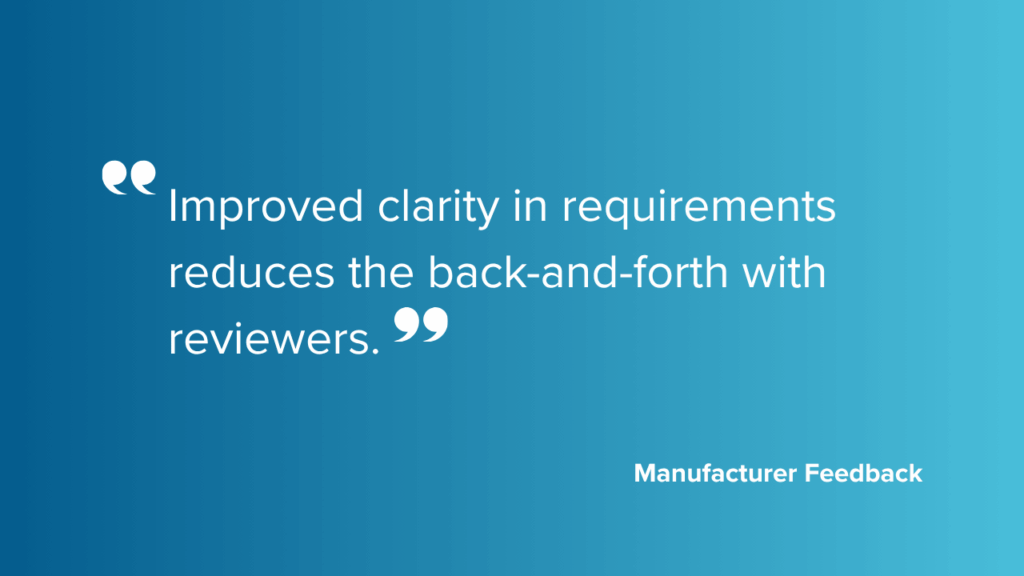
SSL V6.0 introduces the use of new and updated standards (including optional pathways for using ANSI IES TM-35-19 (R25), TM-41-24, and LM-98-24), eliminates unnecessary testing requirements, and allows reuse of V5.1 documents wherever possible to ease the update process. We’re also creating a representative image library option and expanded multi-sourced LED and driver options to support supply chain flexibility.
And by linking QPL listings directly to manufacturers’ spec sheets, the new system drives users straight to manufacturer websites, increasing visibility for listed products, meeting the needs of the programs, and maintaining the independent rigor that defines DLC qualification.
LUNA V2.0: Building on Success and Expanding Impact
LUNA V2.0 continues to advance environmentally responsible outdoor lighting. It introduces a new “Turtle Lighting” category, informed by collaboration with communities in Hawai’i, to guide projects with ecologically sensitive habitats. Yet its benefits extend well beyond the coast: the updated specification supports dark-sky ordinances in over 900 North American municipalities and counties.
As Scott Lind, master electrician at Mead & Hunt, noted in LD&A Magazine:
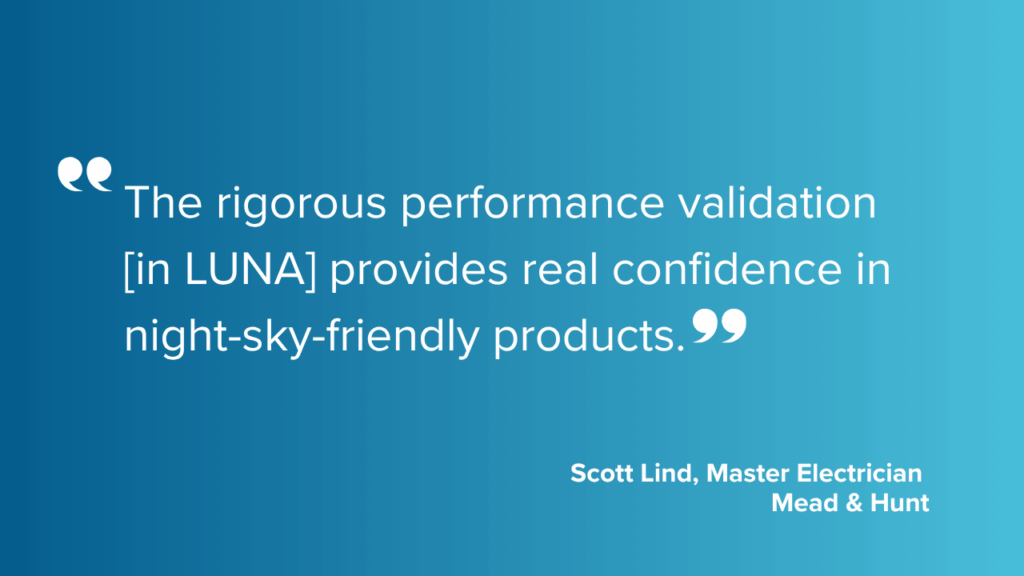
Utilities and energy efficiency programs also see potential for LUNA to strengthen outdoor lighting programs to meet energy and environmental goals utilizing tiered incentives for advanced controls strategies.
Collaboration That Delivers Results
Since our first Qualified Products Lists (QPLs) were launched in 2010, the DLC’s collective approach has helped shape the market and currently includes nearly 370,000 high-quality, efficient products for commercial use.
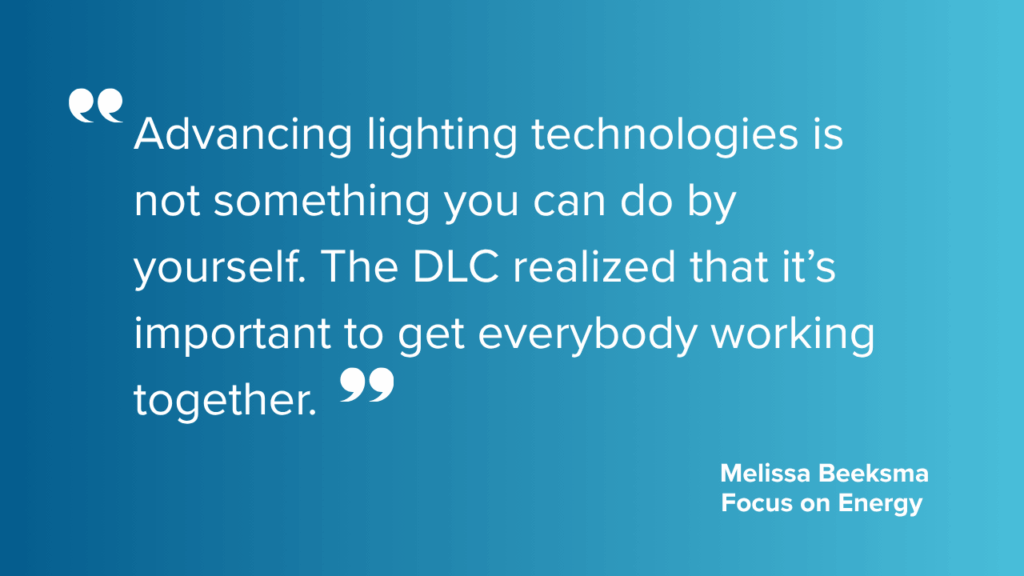
Today, 75% of North American utility programs (nearly 700 in total) reference our QPLs to guide purchasing decisions, eligibility for incentives, streamline validation, and maintain consistency for regulators.
That spirit of partnership is the foundation of SSL V6.0 and LUNA V2.0. With these updates, we’re optimizing the replacement cycle for first-generation LEDs to promote products that advance energy savings, expand control integration, and protect the environment.
The DLC invites you to explore the new technical requirements next week. Together, we’re shaping the future of efficient, quality, sustainable lighting.
Learn More
The first blog in this series talks more about why now and what are the benefits of the technical requirements. The final blog provides additional context about the document and elaborates on what’s new.
Contact us at info@designlights.org with any questions.
© 2025 DesignLights Consortium. The DesignLights Consortium is a project of Efficiency Forward, Inc., a non-profit 501(c)3 organization. Privacy Policy Terms of Use